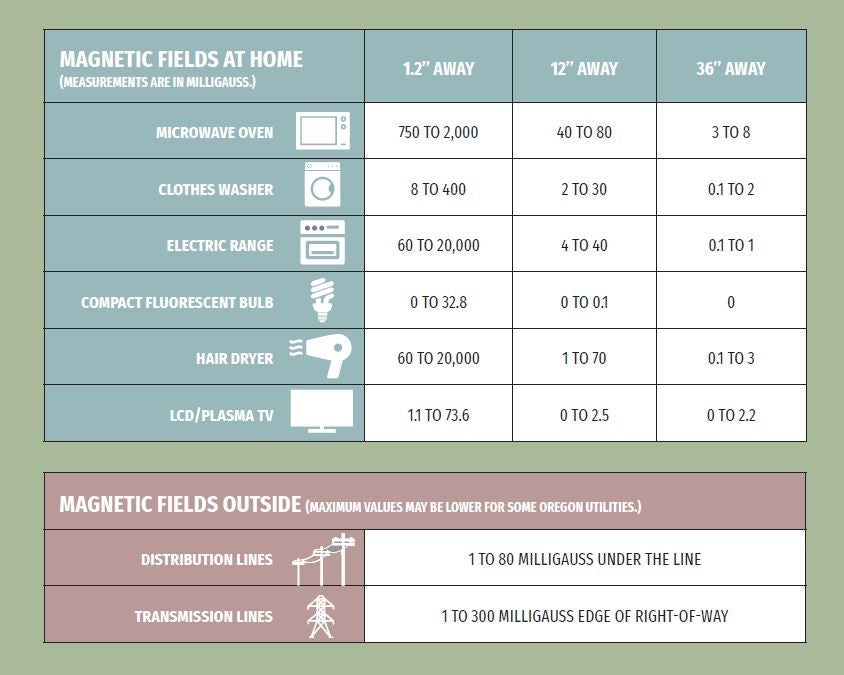Report an Outage
An electromagnetic field, sometimes referred to as EMF, is created by electrical charges and currents flowing though wires. When an appliance is turned on, current or charge flows creating EMF. Given the widespread use of electricity, electromagnetic fields or EMFs are present everywhere in our daily lives.
Safety practices and EMF exposure
Extensive research on EMF exposure and safety has been conducted by international and national scientists. The results from this research have been evaluated by reputable international and national scientific and public health organizations and agencies. Oregon Trail Electric Cooperative relies on the evaluations from these organizations and agencies when assessing potential risks. All of OTEC’s facilities, transmission and distribution lines follow the rules, regulations and standards for electromagnetic field exposure to provide safe and reliable electric service.

